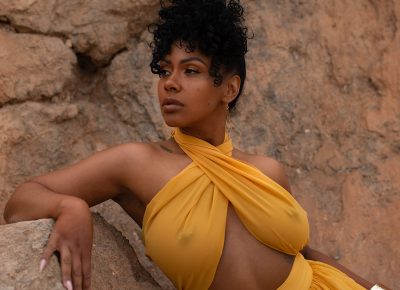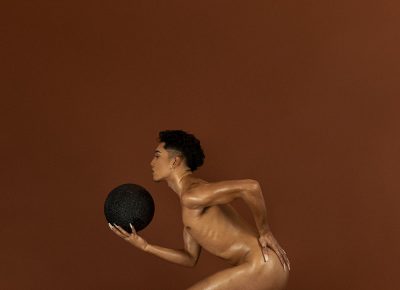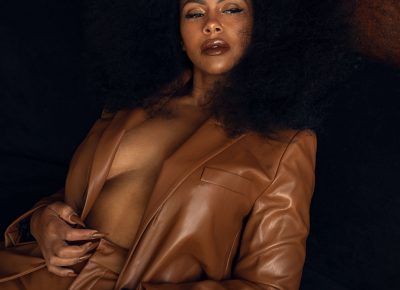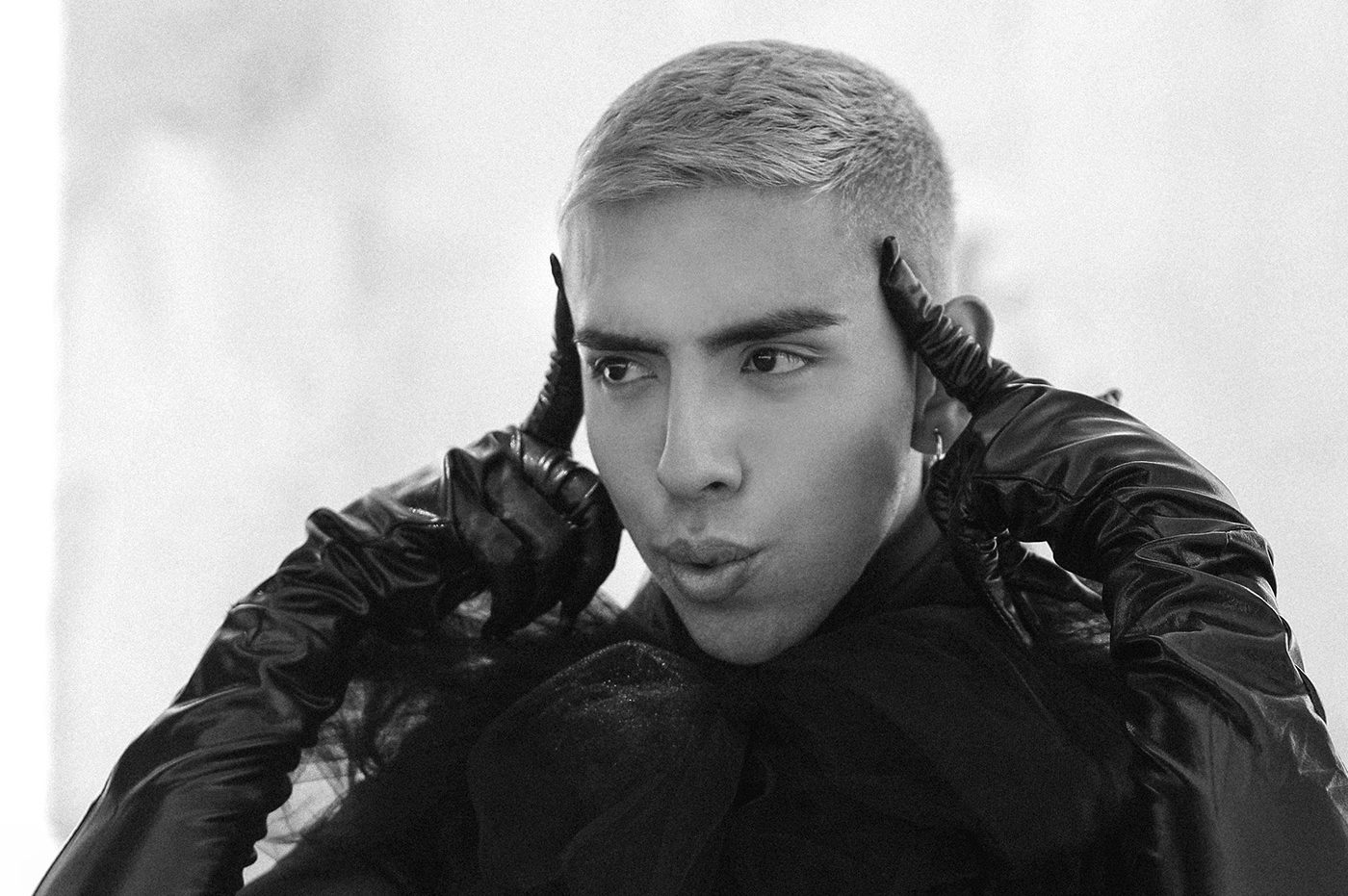
Jesusxvix: Bringing Diversity to Utah Photography by Celebrating the Human Form
Art
Jesus Rodriguez (@jesusxvix)’s Instagram page is a celebration of people, and, for the artist, an opportunity to examine the diversity of the human form in Utah and to provide a space for women and minorities to be seen.
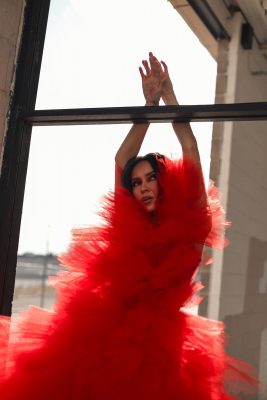
Scrolling through Rodriguez’s feed, portraits take center stage. An internationally-recognizable name in fashion photography from Paris and beyond, Rodriguez says he’s now shifting his attention to Utah and the people who inhabit the state. Using simple backgrounds, the curves, colors and textures of the photographer’s subjects are the obvious focus. Dark skin shines under bright photography lights, full-figured women’s curves are celebrated and gender-queer wardrobes fall lovingly on the subjects, who look at the camera with determined, sometimes vulnerable, eyes.
“I think photography just stuck with me because it combined a lot of the things that I love — like fashion, and arts, and beauty and diversity.”
Rodriguez, 25 and originally from Mexico, has lived in Salt Lake City for 10 years. Always a creative person, he says that photography is his go-to art form because it’s a mix of artistic disciplines that create a cohesive piece of work. “I think photography just stuck with me because it combined a lot of the things that I love — like fashion, and arts, and beauty and diversity,” says Rodriguez.
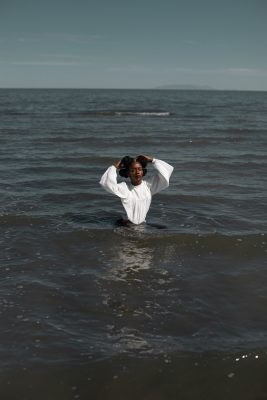
When Rodriguez looked at the fashion photography being created in Utah, he saw a gap in representation. As a person who celebrates people’s differences and comes from a diverse background, Rodriguez felt like photography of Salt Lake City’s minorities wasn’t doing a good job representing and celebrating them. When scrolling through Instagram looking at other photographers’ work, Rodriguez was saddened to see minorities being portrayed in stereotypical ways. “Most of the time I see people of color in photos, they’re always in the same ‘urban’ look, which there’s nothing wrong with. But we also need to see ourselves in elevated ways,” Rodriguez says. “Period.”
To help his photography subjects feel seen, celebrated and respected, Rodriguez says using a simple background is often best. Instead of placing a person into a stereotype or generic photographic set or background, the artist puts his subjects in front of neutral backgrounds bringing the focus completely on the person he’s photographing. Even when photographing outside, the focus is on the subject and how they interact with their world, not the other way around. One photoset, which features a Black woman sitting in waist-deep water, draped in a loose-fitting white blouse with white dots delicately painted on her face illustrates this idea behind Rodriguez’s work perfectly.
“Most of the time I see people of color in photos, they’re always in the same ‘urban’ look, which there’s nothing wrong with. But we also need to see ourselves in elevated ways.”
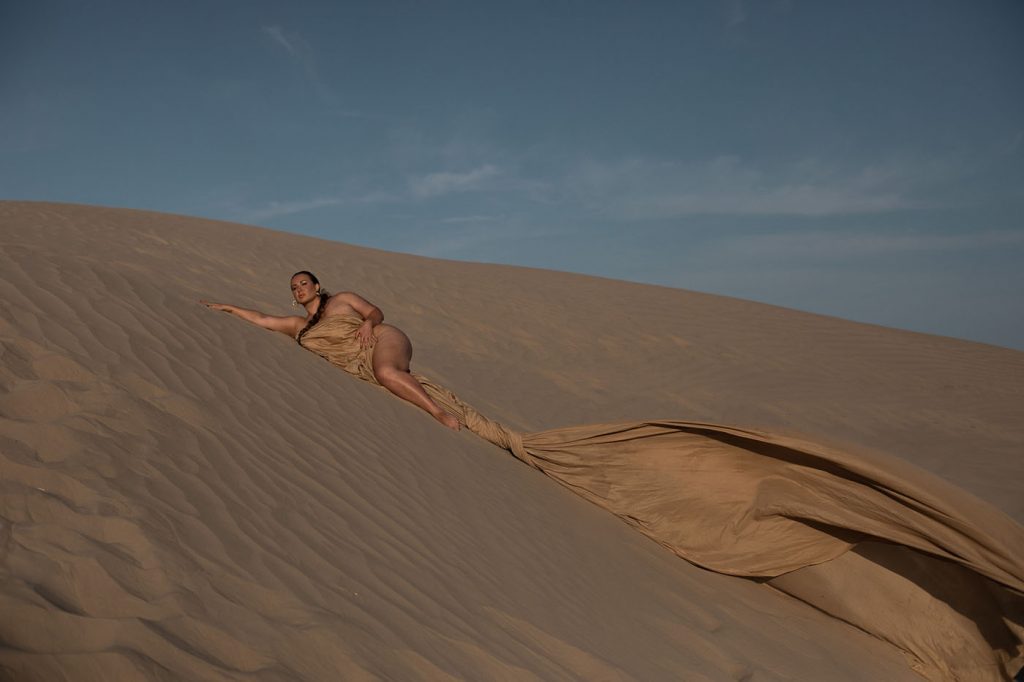
By placing the subject in the center of photos, all lines lead to the model. Ripples in the water and wrinkles in the shirt lead the viewer’s eyes to her face—eyes closed, head up, being seen for who she is and nothing else. Pale colors in the background celebrate the tone of the model’s skin, which further pops when contrasted to the whiteness of the shirt and the cool colors of the sky and water.
By stripping down distractions and focusing on the people in his photos, Rodriguez’s photography doesn’t hide behind anything — it’s honest and upfront. Subjects have nowhere to hide in his work. Truth is showing things as they are to Rodriguez and is important to his mission as a photographer, though it sometimes happens without intention. “I … love powerful, strong women and I think I capture that in my photos, but it was unintentional,” Rodriguez says. “I didn’t see the work and photos that I’m doing In Utah, so I did it.”
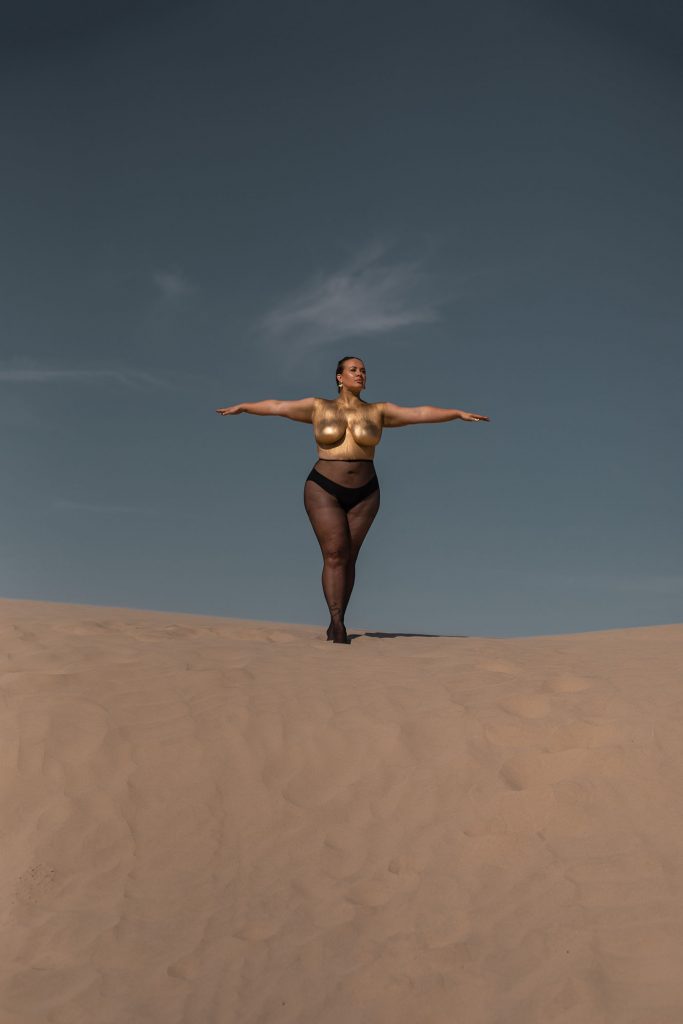
When asked what’s planned for the future, Rodriguez says he’s not certain what comes next, but he wants to continue to elevate diverse communities through photography and, perhaps, other artistic mediums. “I never know where I’m headed, which is kind of fun but scary,” Rodriguez says. “I know I want to continue photography, but I want to elevate everything and keep growing and keep learning. I also might start learning how to create videos and create designs [to make] my photos more like wearable art.”
“I never know where I’m headed, which is kind of fun but scary.”
Hoping to be an inspiration to younger generations of creators, Rodriguez says one piece of advice for young artists is that it’s essential to stay true to yourself and create what you want to make. In a cutthroat industry like photography, to continue finding joy in working, Rodriguez says it’s important to own one’s art and to celebrate one’s unique perspective through creation.
“I’ll keep trying to push my art with beauty in diversity at the forefront whether it be people of color, my queer community, women etc,” Rodriguez says. “I’m just going to continue to be honest to myself and create what I want to create.”
